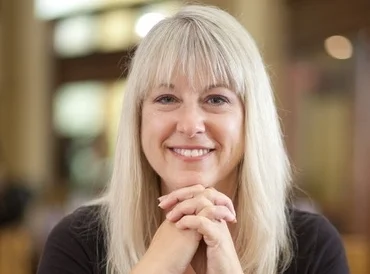Research shows that people who consume negative news are more likely to experience stress and report having a bad day than those who consume media that has an underlying message of hope.
Still, many people wake up each day and see negative headlines before they even get out of bed. They begin their day with thoughts about how bad things are going in the world right now.
However, as the public intellectual Steven Pinker has pointed out, the world might not be as disastrous as we think it is. Part of the problem might be how we’re looking at it.
Advocates of three emerging genres of journalism are working to provide readers, listeners and viewers with a new, more constructive lens on the world.
They have created networks under the names Solutions Journalism, Constructive Journalism and Restorative Narrative, and each of these may collectively fit under the umbrella term Constructive Journalism.
The groups include practitioners and journalism educators who are telling stories about how individuals are making meaningful progress to solve some of the biggest social and economic problems in the world, or how they are recovering from trauma and tragedy.
By focusing on what is working and why - and highlighting ways people have become resilient - these type of stories present tangible options for the future that other people can try out and adapt for themselves and their environments.
In the first part of my session, we will talk about the three genres – what they are, what they’re not, who is doing it and why. The New York Times, The Guardian and BBC are among the practitioners. We will also discuss the role of companies, NGOs and advocacy groups in providing solutions research to journalists who are working on these type of stories.
In the second part of my session, we will take a deeper look at restorative narratives. They focus on human resilience and transformation. Through these stories, people can experience a form of “vicarious empathy” that allows them to see the past differently and imagine the future anew, based on the experience of someone else.
Here the session gets hands-on. We will apply techniques – e.g. a new set of questions – that we already discussed to interview a partner in the group for a transformation story.
Volunteers will be able to share their experience after the exercise.
The goal is to make it easier to identify and articulate transformation stories with an improved ability to interview for them.


































